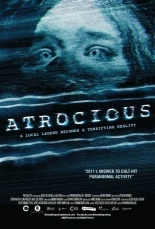
 With America rocking the found-footage business, Spain gets into the act with Atrocious. Its concept is that sibling urban-legend investigators Cristian and July (unknowns Cristian Valencia and Clara Moraleda, respectively) are dragged by their parents to spend Easter weekend in a nearby village, where stands the family’s castle, empty for 10 years. Certain to be bored to death, the brother and sister shoot video of the entire trip.
With America rocking the found-footage business, Spain gets into the act with Atrocious. Its concept is that sibling urban-legend investigators Cristian and July (unknowns Cristian Valencia and Clara Moraleda, respectively) are dragged by their parents to spend Easter weekend in a nearby village, where stands the family’s castle, empty for 10 years. Certain to be bored to death, the brother and sister shoot video of the entire trip.
Legend has it that a girl disappeared from the grounds decades before, never to be found. Also, there’s a gated labyrinth adjacent to their property they can’t wait to explore, but their father forbids them to step foot there. So naturally, they do, and find a lot of prickly branches there. Oh, and a well. And anyone who has seen The Ring knows those things are bad news. Especially later when they find a fresh trail of blood leading to it.
 That’s not all. The kids hear weird sounds emanating from the maze while they’re trying to sleep. Things really escalate when their 8-year-old brother can’t be found, leading to a too-long run through the dark. (Hope you like night vision!)
That’s not all. The kids hear weird sounds emanating from the maze while they’re trying to sleep. Things really escalate when their 8-year-old brother can’t be found, leading to a too-long run through the dark. (Hope you like night vision!)
The mere title of Atrocious invites trouble (I assume it was chosen to resemble the smash Insidious), but actually, the movie isn’t even close to awful. It’s not great, either, but it is muy bueno, with a rather effective final 10 or 15 minutes that are undeniably creepy, even if you’re short of being scared. —Rod Lott


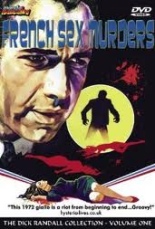
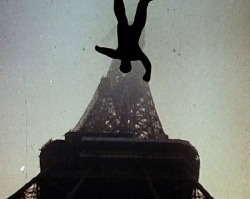 Inspector Pontaine (Humphrey Bogart lookalike Robert Sacchi, in his debut) continues to hunt for the real killer, taking him from the bosom of
Inspector Pontaine (Humphrey Bogart lookalike Robert Sacchi, in his debut) continues to hunt for the real killer, taking him from the bosom of 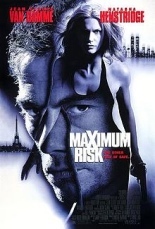
 Ringo Lam (
Ringo Lam (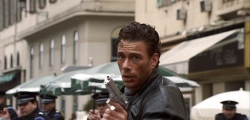 Even club hostess and former stripper Alex (Natasha Henstridge) assumes he’s Mikhail, and thus, throws herself at him because she’s the dead dude’s GF. Alain, however, backs off from her advances, which is how you know this is not based on a true story. Later, however, after he spots a peek at her fabulously real breasts while she changes clothes, Alain’s into the idea of letting her rub her
Even club hostess and former stripper Alex (Natasha Henstridge) assumes he’s Mikhail, and thus, throws herself at him because she’s the dead dude’s GF. Alain, however, backs off from her advances, which is how you know this is not based on a true story. Later, however, after he spots a peek at her fabulously real breasts while she changes clothes, Alain’s into the idea of letting her rub her 
 What’s Tina Fey doing in a vehicle for a Howard Stern staffer? I know what Seymour Cassel’s doing — enjoying his face being planted in the giant breasts of a hooker — but Fey? The reigning queen of intelligent comedy? She has no business — not even at this one-line cameo level — being anywhere near a script that delights in throwing around “fucknuts” and “shitnuts.” Such is
What’s Tina Fey doing in a vehicle for a Howard Stern staffer? I know what Seymour Cassel’s doing — enjoying his face being planted in the giant breasts of a hooker — but Fey? The reigning queen of intelligent comedy? She has no business — not even at this one-line cameo level — being anywhere near a script that delights in throwing around “fucknuts” and “shitnuts.” Such is  On and off the field, Artie’s rival is mayoral candidate Mangenelli (Anthony DeSando,
On and off the field, Artie’s rival is mayoral candidate Mangenelli (Anthony DeSando, 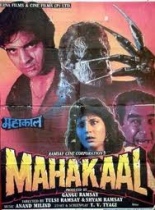
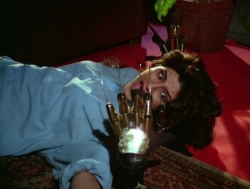 Anyhoo, Anita (Archana Puran Singh), the girl whose dreams he torments, resembles a Miami Sound Machine-era Gloria
Anyhoo, Anita (Archana Puran Singh), the girl whose dreams he torments, resembles a Miami Sound Machine-era Gloria